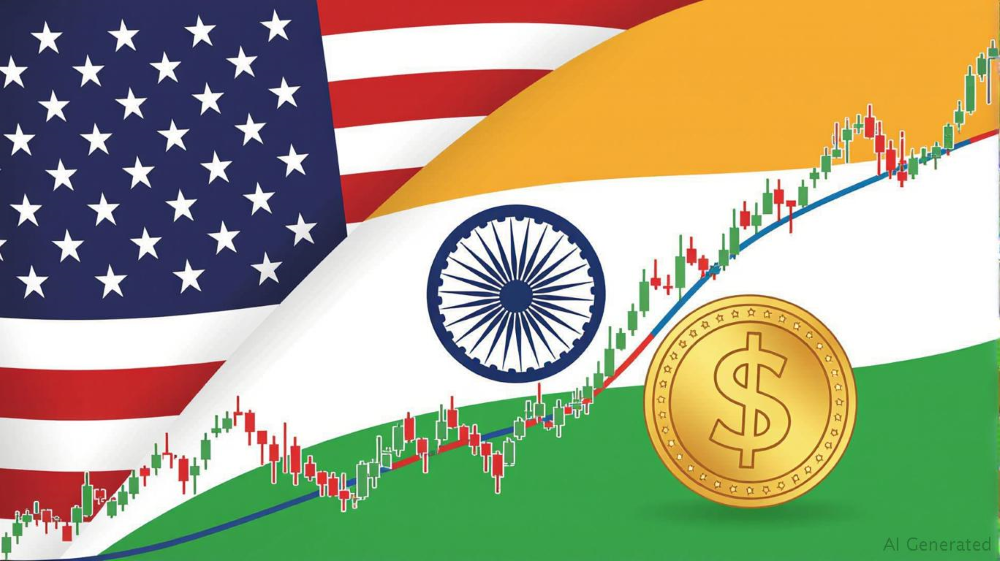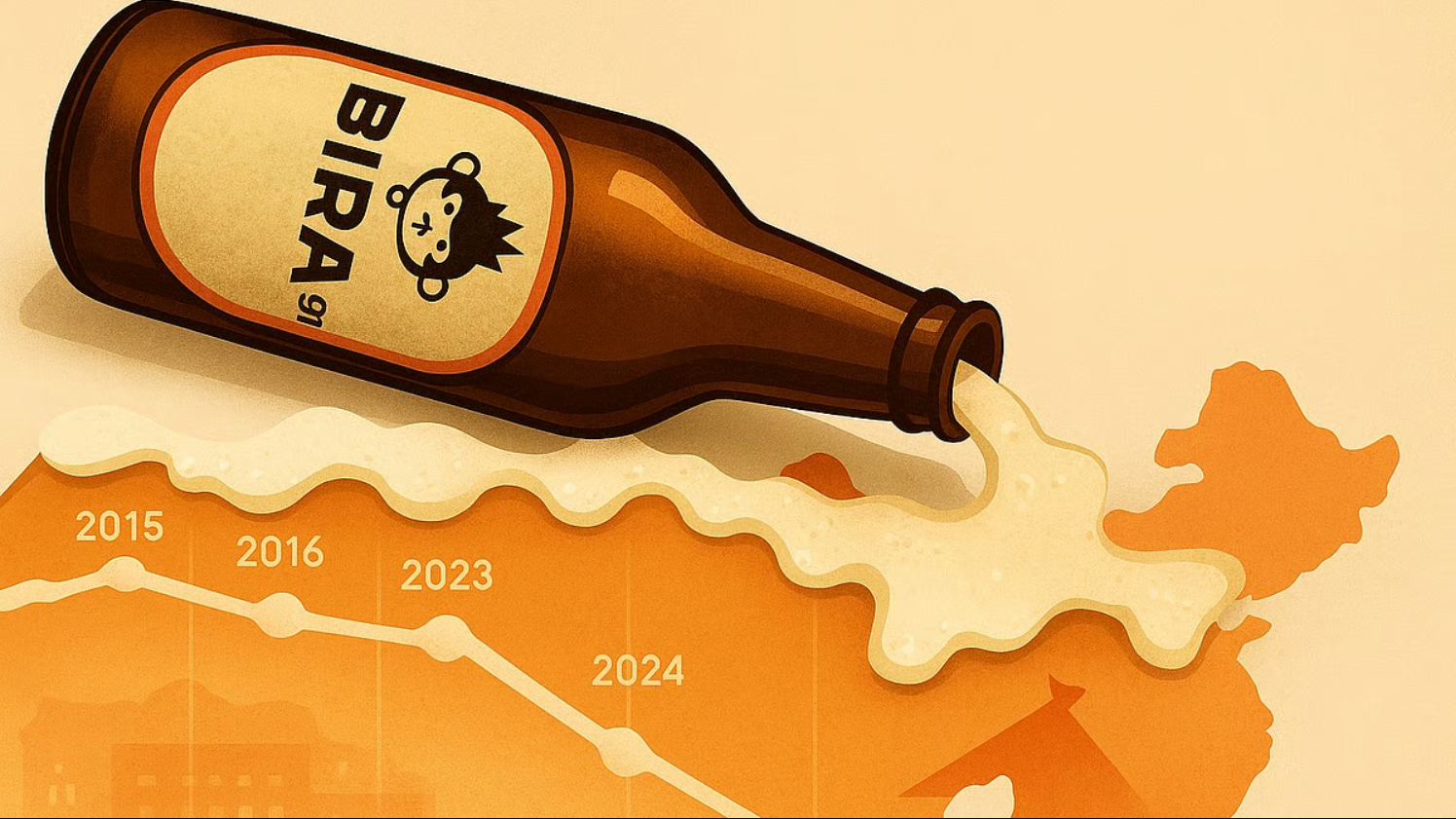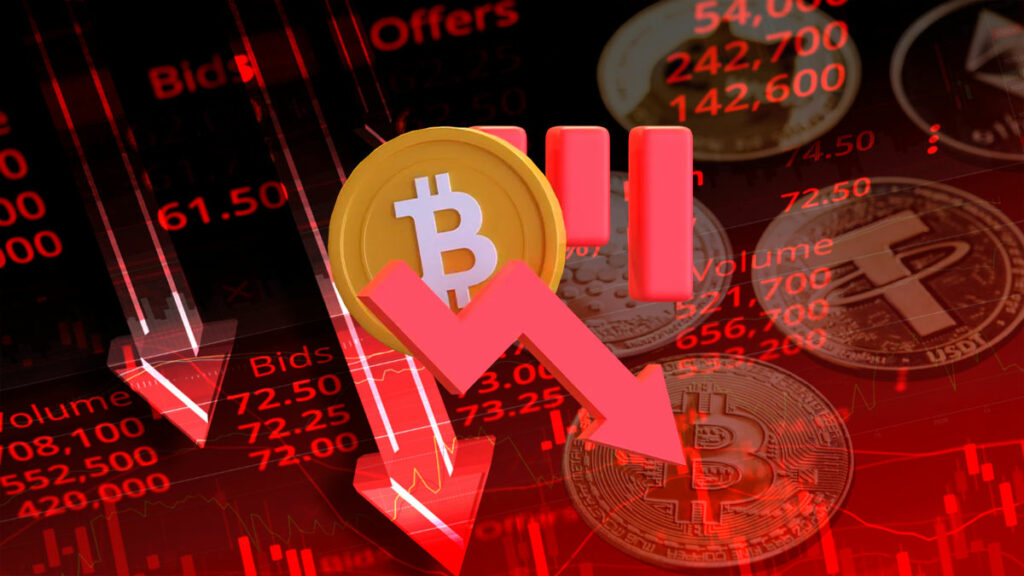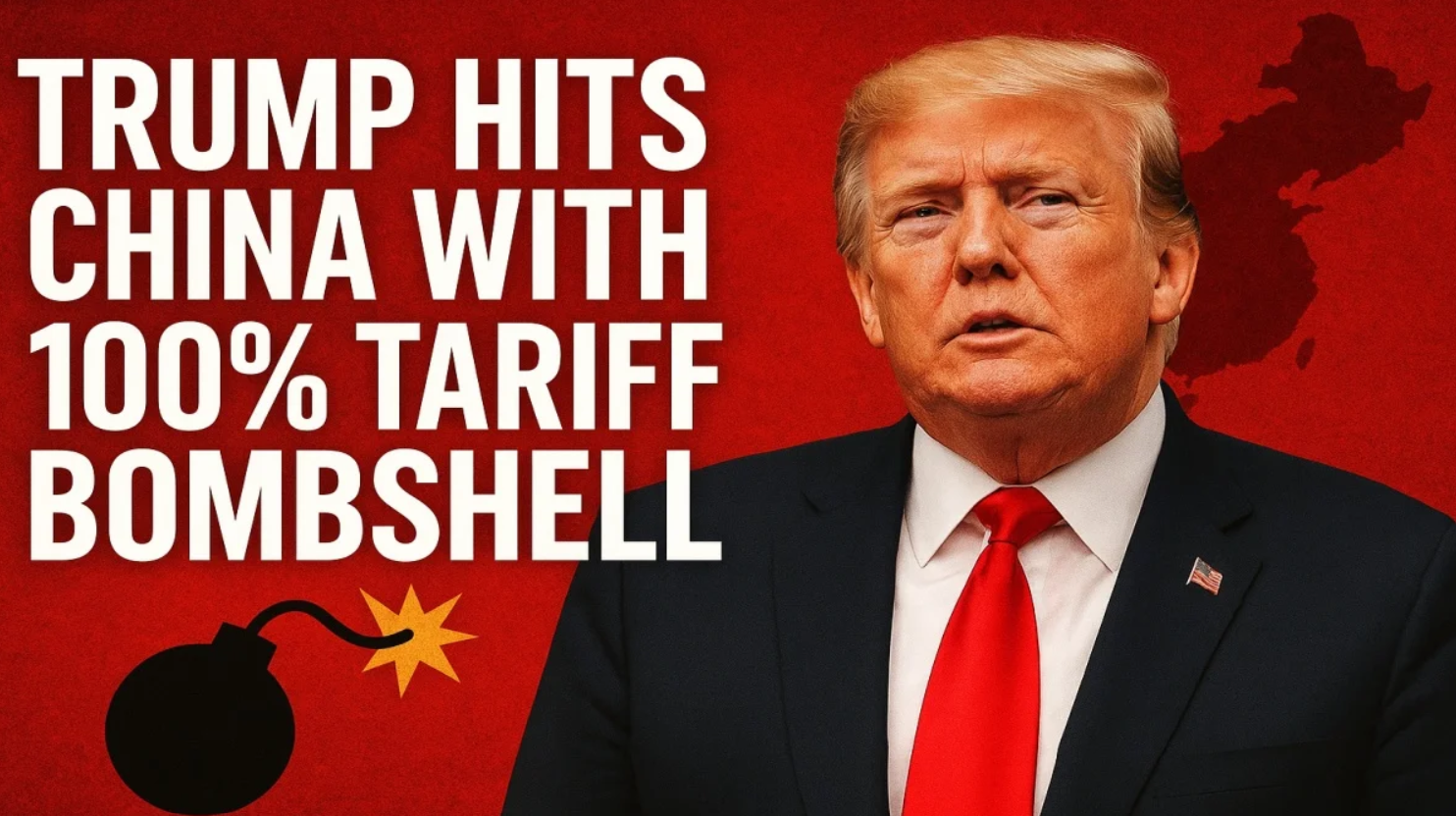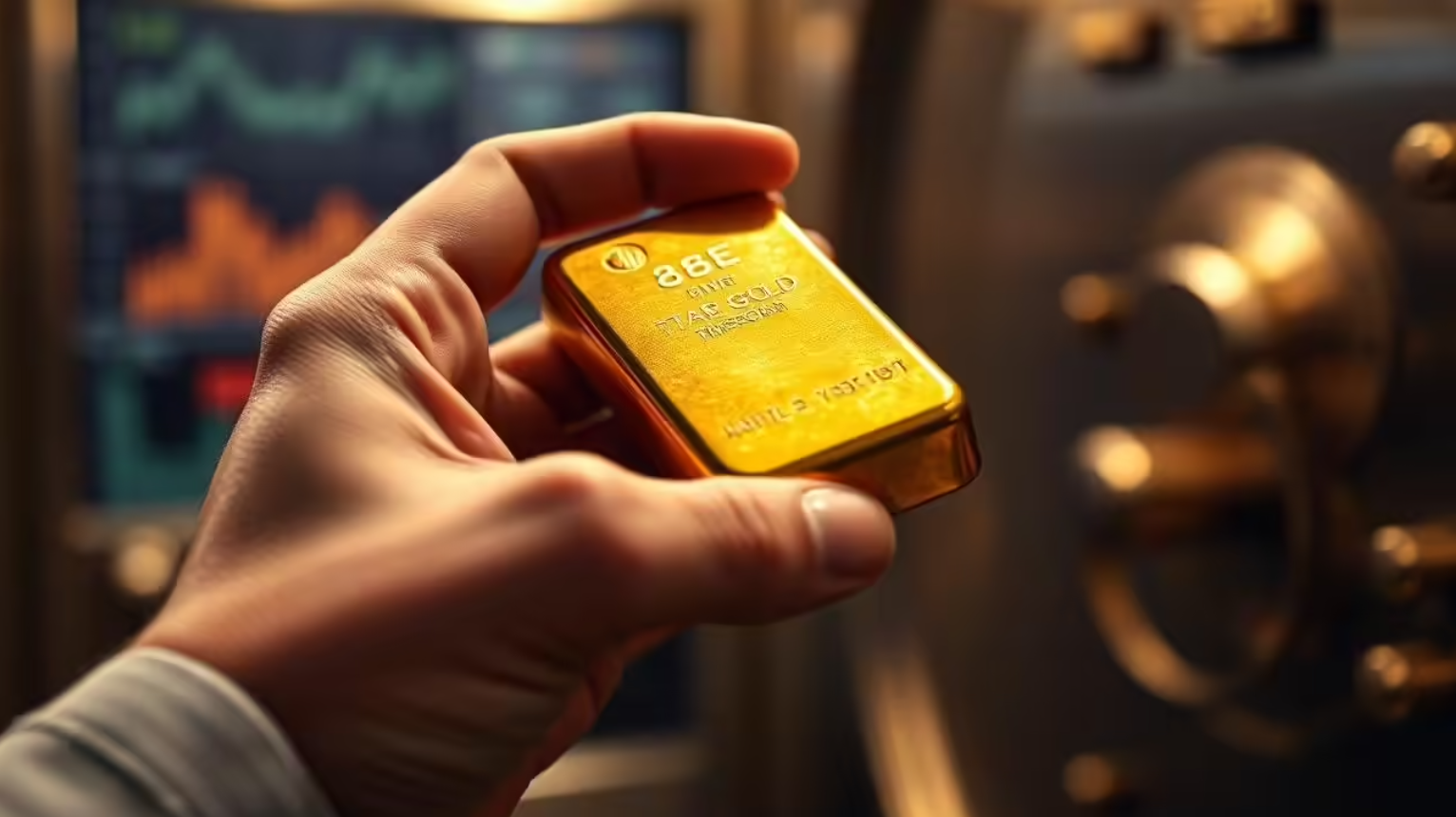The Indian rupee witnessed a mild but significant recovery on Tuesday, closing at 85.70 against the US dollar. This gain of 16 paise comes amid renewed optimism that India and the United States may soon announce a mini trade agreement, a development that could boost bilateral economic ties and offer temporary relief to currency pressures.
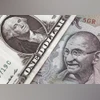)
For context, the rupee had been under strain due to ongoing tariff related concerns between the two countries. However, the market responded positively on Tuesday as signals emerged suggesting progress in trade negotiations. Currency traders pointed to a narrowing range in rupee movement as a reflection of this cautious optimism.
Ritesh Bhansali, Director at Mecklai Financial Services, noted that the mere possibility of a trade deal has been enough to anchor the rupee within a tighter range. According to him, the current appreciation may not sustain for long unless the agreement results in a meaningful shift in trade dynamics. The rupee had hovered near the 86 mark earlier, but the positive news brought it back down slightly.
Despite the temporary strengthening, analysts remain cautious. The broader expectation is that the rupee will continue to experience fluctuations until the trade deal is officially signed and its full details made public. One of the limiting factors in further appreciation is the Reserve Bank of India’s short forward dollar book, which stood at approximately 65.2 billion dollars in May. This indicates that the central bank is maintaining a defensive stance to absorb potential shocks and to prevent the rupee from appreciating too quickly.
India’s currency was the third best performer in Asia on Tuesday. It followed the Philippine peso, which gained 0.60 percent, and the South Korean won, which rose by 0.41 percent. Analysts attribute the rupee’s relative strength to India’s stable macroeconomic fundamentals and robust foreign exchange reserves.
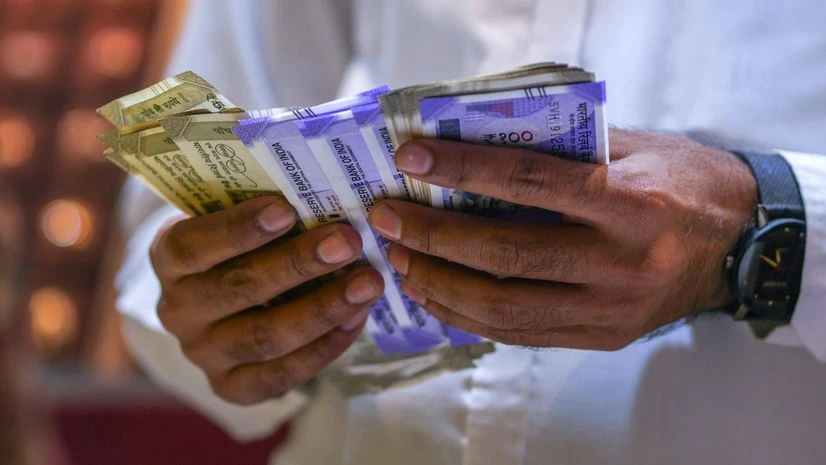)
Dilip Parmer, a research analyst at HDFC Securities, explained that the rupee typically behaves like a median performer among its Asian peers. He added that the Reserve Bank’s short dollar positions remain manageable and that India’s forex reserve cushion adds stability to the rupee during external uncertainties. Still, Parmer cautioned that global geopolitical developments and market sentiment will likely keep the rupee volatile in the near term.
Traders expect the rupee to trade between 85 and 86.50 against the dollar in the coming weeks. Given the fluid nature of global trade talks and the ongoing uncertainty surrounding tariffs, the Reserve Bank of India is expected to continue its interventions on both sides to maintain currency stability and avoid disruptive volatility.
For retail investors, travelers, importers, and exporters alike, the rupee’s performance remains a critical factor. While the prospect of a US trade deal offers hope, it is clear that until the ink dries on any agreement, currency movements will remain sensitive to global cues and central bank strategies.
For more finance updates, forex insights, and investment trends tailored for Indian readers, follow You Finance on Instagram and Facebook. Stay informed, stay ahead.



